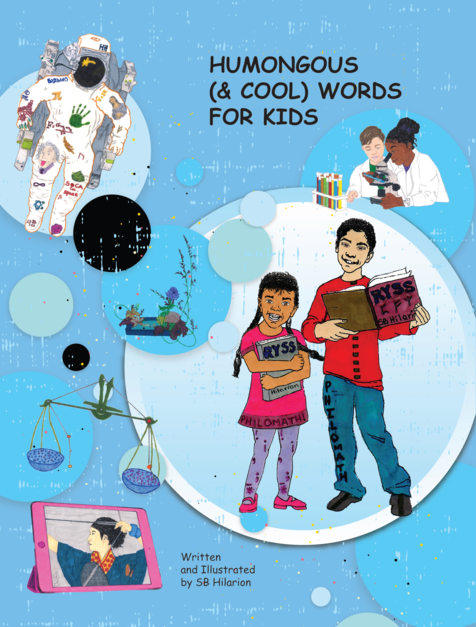 Part dictionary, part encyclopedia and utterly charming, Humongous (& Cool) Words for Kids, written and illustrated by SB Hilarion, is fun and educational for both kids and adults.
Part dictionary, part encyclopedia and utterly charming, Humongous (& Cool) Words for Kids, written and illustrated by SB Hilarion, is fun and educational for both kids and adults.
Hilarion’s unique text invites philomaths (those who seek knowledge and love learning) to pore over, analyze, spell, and pronounce over eight hundred strange and obscure words. However, this isn’t a standard reference book that includes a word and definition, or a dry encyclopedic description. Instead, Hilarion gives her reference book a narrative and two central characters who drive this educational journey along.
The second book in the Raising Young Scholars series, the book tries to educate scholars by entertaining them with pronunciation tips, straightforward illustrations, and an ongoing banter between the hosts of the book, Hao Finley Lee and Sabine Yi Lee, as well as their various relatives. Each offers their thoughts and opinions on a particular topic, making the educational tome read more like a work of entertainment.
“Making learning fun” is one of those tropes that seems insurmountable, but Hilarion makes it look effortless, combining word definitions with fascinating lessons about such topics as Greek mythology (Achilles Tendon), or a lesson in foods from around the world (kimchee, apfelkuchen), with each including a plethora of fun facts and plenty of examples to underscore each definition, offering up some truly incredible words in the process (floccinaucinihilipilification).
What makes Humongous (& Cool) Words for Kids particularly appealing is that it doesn’t just teach kids (and adults) new words. It also educates about other worlds, foods, places, and cultures, transporting readers to the planets beyond our earth, to the fjords of Norway, and to Celtic folklore and science fiction, before heading back to Planet Earth. Readers learn where nesting dolls, or matryoshkas come from, before introducing what can be acquired tastes in the form of mussels and mousseron mushrooms, to Chinese, Egyptian, Greek and Indian myths and even the traditional Hindu cultural gesture of greeting. There are also contemporary references to the U.K.’s withdrawal from the European Union, and to the pound sterling and the dollar. So the book acts as a kind of cultural encyclopedia, as well as a dictionary.
The greatest weakness in the book is the cover. The design of the interior is impressive, as Hilarion had to juggle a large number of different variables – pictures, algebraic equations, dialogue, definitions, and more – and by and large the book does this very well. There is a sense of clutter on first glance at the book, but once you get in the rhythm of Hilarion’s narrative – and familiar with the initials signifying who’s talking – it is a surprisingly fluid read for a book that is set in alphabetical order. The cover, however, is not as well designed, and does not really reflect the amount of work that has clearly gone into the rest of the book.
The text is most important of all, and despite the hugely varied subject matter, it all manages to fit perfectly together. Anywhere you pick up Humongous (& Cool) Words for Kids you’re bound to find something of interest, in a unique and well-written reference work that will teach kids new things, and inspire them to learn more.

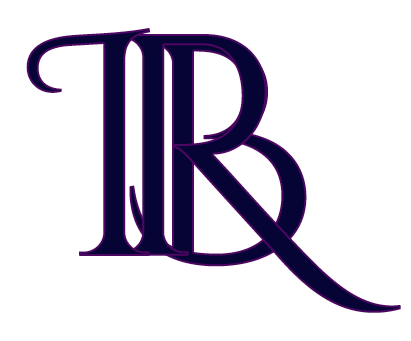



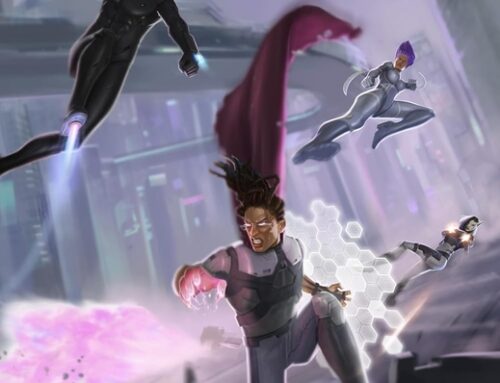


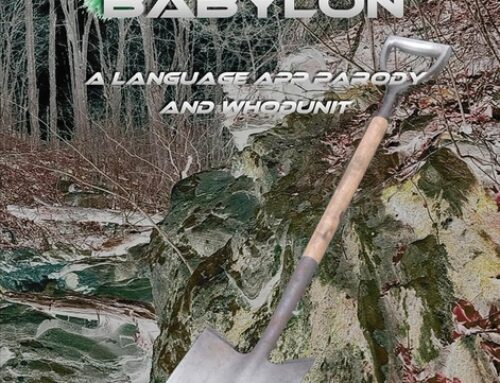
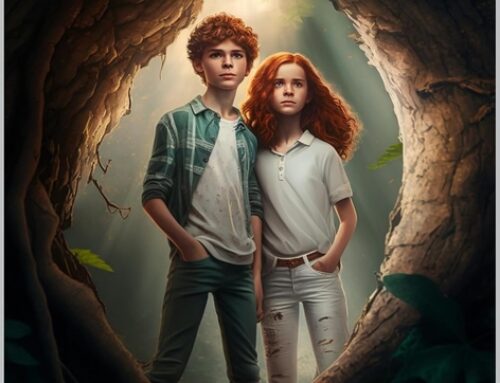


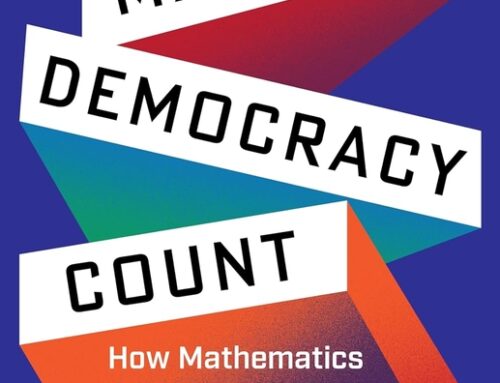
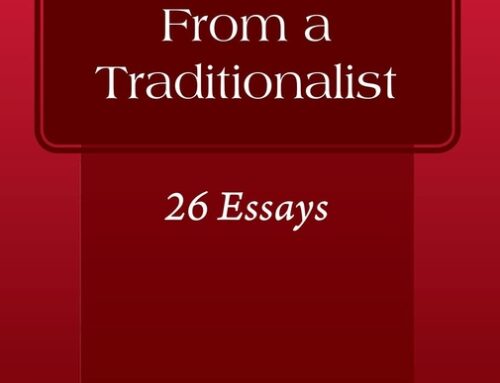
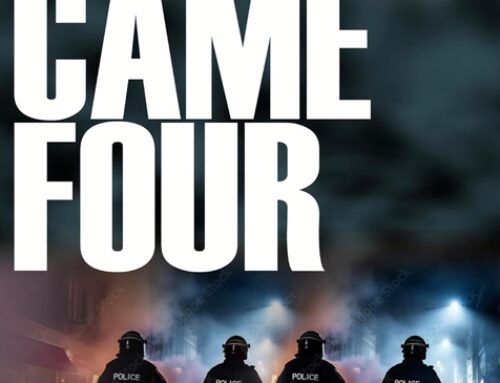
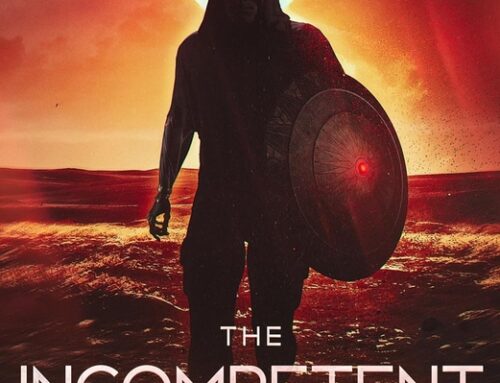


Leave A Comment